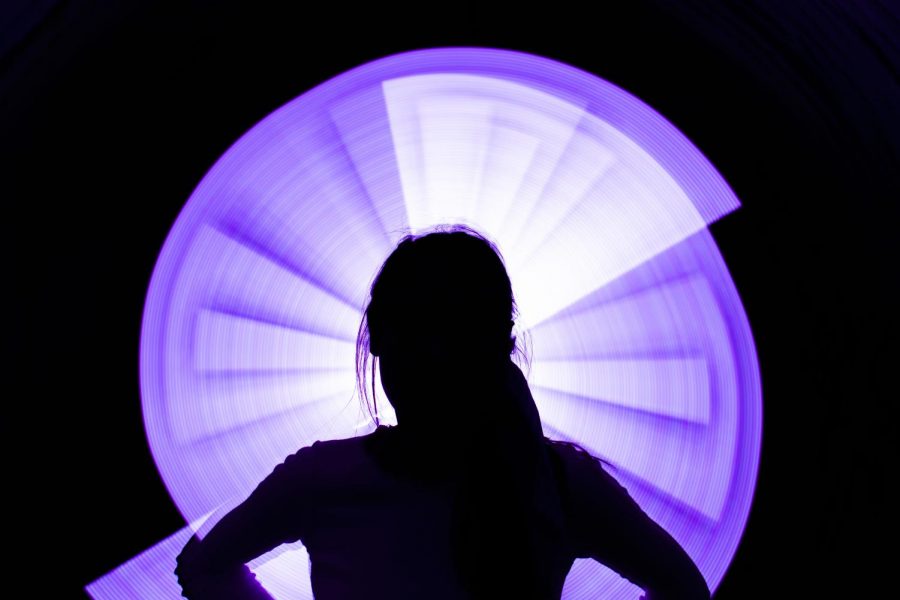HBO’s “Euphoria” Dives Deep Into Turbulent Adolescence
The uniqueness of “Euphoria” stems from its savvy depiction of youth.
December 18, 2019
Disclaimer: The following article discusses explicit material. The show reviewed is rated TV-MA. It presents an uncensored look at what teenage life can sometimes be like.
The hit American drama series “Euphoria” explores teenage life and substance abuse, combined with an exquisite aesthetic. Appearing on HBO, and produced in part by Drake, the show follows a troubled teenage girl named Rue Bennett, portrayed by Zendaya, navigating the pitfalls of her high school.
Accompanied by a star-studded soundtrack, the authenticity of the show and surreal cinematography perfectly capture what it feels like to be an adolescent in 2019.
The uniqueness of “Euphoria” stems from its savvy depiction of youth. While Rue’s battle with addiction is the central conflict, other subplots elaborate on issues such as mental illness, sexual assault, and body image.
Each episode spotlights a character’s background and childhood. The character’s stories contribute to the overall theme of growing up and coping with loss, tragedy, and other hardships of adolescence.
Fresh out of rehab, and with no intention of self-improvement, Rue continues to succumb her addictions in order to cope with the numerous problems life has given her.
Enter a free, spirited, new girl, Jules, portrayed by Hunter Schafer, intertwining herself into Rue’s twisted and opioid-filled world. Their shared views of the world spur a romance that embodies the depth and feeling of euphoria.
Hollywood up-and-comer, Alexa Demie, also starring in “Mid90s,” delivers a stunning performance as a blasé and sultry cheerleader, Maddie Perez.
Demie’s performance forces the audience to rethink the cheerleader-football player romance cliché, as her character grapples with domestic abuse, thus highlighting an important issue that is infrequently talked about.
As the show progresses, it becomes apparent that the directors intentionally incorporate JUUL and other vape products into the show so its target audience of young adults will solidify a connection and familiarity to the characters and the situations they find themselves in.
This is one of many realistic depictions of the adolescent world.
While the display of vape products and other hard drugs accurately represents the reality of modern party culture, the show often glamorizes the use of these intoxicants.
Unfortunately, not much insight into the long term repercussions of heavy drug use is offered, nor is there any discussion of the dangerous, newfound health effects of vaping products.
The beauty of the show is that the central and supporting characters ride the euphoric highs and traumatic lows of their rough and tumble school environment, without any assurances that that things will be okay.
For many modern teenagers, that’s the reality of life today: “Euphoria” sheds light on the emotional roller coaster of growing pains and hardships that too many teens can relate to.
My rating: 9/10





